Checking gold for authenticity
Many people find lost gold chains and rings at home, someone accidentally discovers an old coin. Some buy jewelry in jewelry stores, others are presented with statuettes with gold inserts.

And all these people ask themselves the question: how to check gold at home? Checking with a specialist will give an accurate result, but often many reasons do not allow you to go to the assessment point overnight and find out the whole truth about the subject of interest.
There are several ways to check whether these jewelry is gold or not. Antique money or worthless trinket? An expensive item with a precious plating or a gold-plated fake?

Some of the above methods are fairly straightforward, while others will take patience.
Visual check
If you carefully examine the product, you can find signs of low-quality metal.
On many pieces of jewelry, such as a bracelet or chain, you may notice a slight change in color at the joints of their links. This means that in the process of soldering the jewelry, gold of a higher standard was used. It is soft, melts easily and is great for connecting and securing small parts. If the difference in color is noticeable and the fold is painted in a bright yellowish tint, then gold is real. And if the material of the jewelry is homogeneous, then this is jewelry, which will fade over time.

If there are scratches and scuffs on a new piece of jewelry, this also indicates a poor-quality item. The polish should shine. Large pores on the gold indicate that it was made from a low quality alloy or that the grinding was not done correctly.
The outer coating and spraying is even and uniform, without cracks or scratches.

Particular attention should be paid to the inside of the garment - it should be as smooth to the touch as the outside.
The shade of the object also gives a visual idea of which alloy prevails: if red - then copper, green - silver and cadmium, a gray color indicates an excess of steel metal. Platinum and silver together give a white color, while silver and copper give a yellow color.
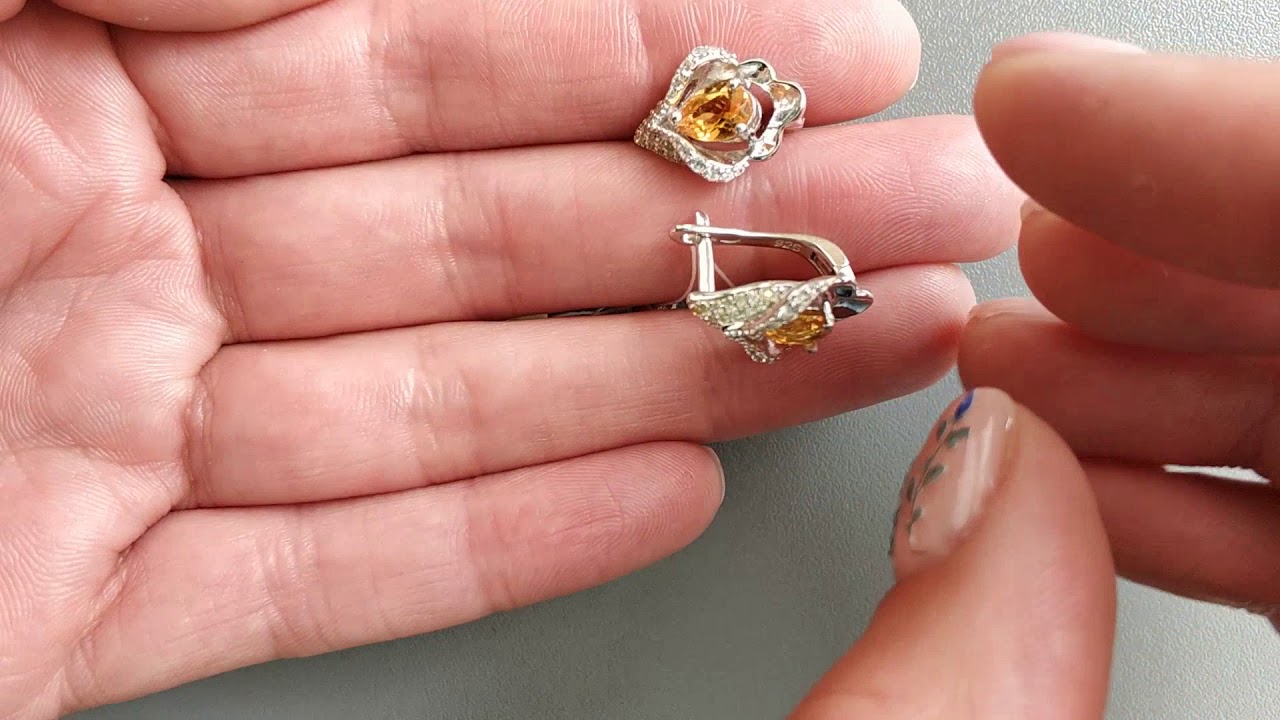
Folk verification methods
Not every citizen has the opportunity to turn to specialists in order to verify the authenticity of his family jewelry or valuable thing.

Therefore, it is possible to determine the quality of gold at home. This does not require a long time and special monetary costs, and the result can be seen almost immediately, except in those cases in which the verification process is slow. These methods have been around for many decades, they have gained popularity, are passed down from generation to generation, and are often used in homes.
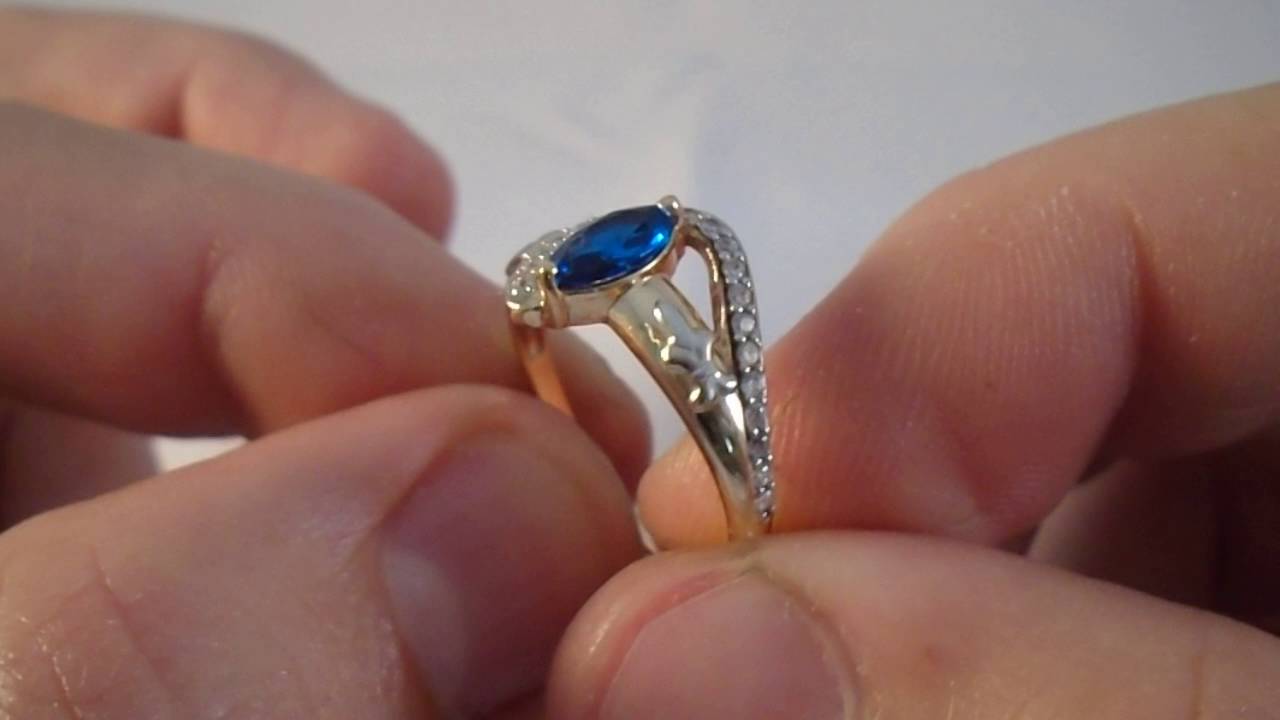
There are a lot of options to test gold at home: both with chemicals and using available improvised items, for example, a magnet, vinegar, iodine, or using sound.
Iodine check
To understand whether it is a real jewel or a gilded one, you need iodine. This is the most affordable drug that you can get from your home medicine cabinet. But you need to follow safety precautions so as not to accidentally burn yourself, since iodine is a chemical substance.

You need to rub the thing to be determined on jeans or any dense fabric to remove dirt, and then apply a drop of iodine to this place with a pipette or a cotton swab. Carefully wipe off the excess, wait a few minutes and see the result:
- High quality gold will not change color.
- If barely noticeable white spots remain, then the product is definitely fake.
- Dark spots will appear on the surface of a low-grade product and will not be susceptible to water rinsing.

Such stains can be removed in a solution of soap and ammonia, or traces can be removed by wiping with cotton wool dipped in a 30% sodium hyposulfite solution - it is freely available in the pharmacy. Another way to remove the stain is with regular toothpaste, but in this case there is a risk of rubbing off some of the finish. If you use ammonia, traces will remain. It is allowed to use vinegar essence, but you should proceed with caution so as not to get burned. If you cannot clean the thing yourself, it is better to take it to a specialist for cleaning.

The above method shows very well the verification of high-purity gold. But it is better to use additional methods as well.
Important! It is not recommended to test with iodine with products of 585 test and below - stains may remain that are very difficult to remove.
Check in bread
This method is not fast, but it works. You need to take a crumb of fresh black bread, moisten it with water, put a golden product inside the resulting gruel and set aside for several days in a dark, cool place until it dries completely. When the bread turns brown and turns into a dry crust, you should break it and examine the decoration. Gold will not change its tone, and the fake will oxidize and turn green due to mold, giving the crumb a dark color.

Checking gold with vinegar
One of the easiest and most affordable ways to distinguish an authentic product from a fake one is table vinegar, which is found in almost every home.
You need to pour a little vinegar into the glass, or even better, its essence, dip a coin or other test sample into it, wait a few minutes. Fake gold will quickly oxidize and darken, while real gold will retain its color. The solution used will not react with genuine gold. But there is a danger that the liquid will spoil gold jewelry with the addition of other metals, such as silver and pearls.

After checking, in order to wash off the negative effect of the reagent from the product, rinse the jewelry with cold water, wipe it dry and polish with a piece of suede cloth.
Important! White gold should be checked carefully. Due to its sensitive alloy, some reagents such as iodine and vinegar can damage jewelry.

Lapis pencil
Lapis pencil is used in medicine, its main antiseptic function is to cauterize warts and papillomas, to stop bleeding. But due to the presence of silver nitrate in the composition, it can also be used to check gold items, and in this case, it will give a certain result.

First, you need to wet the product in water and run a pencil on the wet surface a couple of times, after a few seconds, wipe it with cotton wool. No traces should remain on real gold - silver nitrate will not react with gold, only with fakes - they will darken.
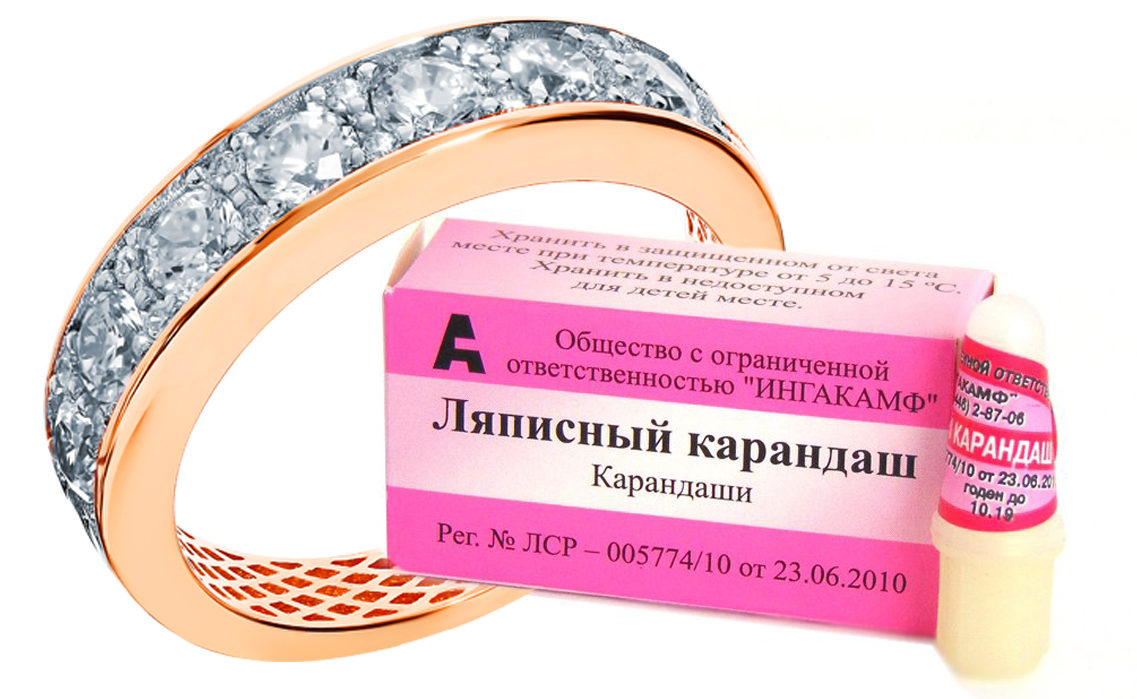
Note! In this testing, an exception is possible: if the tested jewelry is of low standard, then the composition of gold in it is so small that lapis may simply not detect it.
Touchstone
This method was used to test gold in ancient times.
A test stone is a block of uniform dark shale color. It contains no compounds of non-ferrous metals, which is why it is resistant to reagents. It is a hard material and very resistant to acids - if present, it will reveal them.

- The stone is prepared: cleaned with water and charcoal, lubricated with vegetable oil and wiped with filter paper.
- When the processing is completed, take the item from the alleged gold and draw a short line over the stone.
- Using special assay needles with the sample number of the tested product, small strokes are applied next to it.
- Finally, nitric acid is used and applied across the lines.
- The chemical reaction is monitored and the result is taken out by the coincidence of the color of the strips. If the alloy oxidizes, and the gold line darkens, then the gold is fake or its fineness is below 585.
It is quite difficult to determine such a sample at home, you need to have special materials and accessories: nitrogen acid, chlorine gold and assay needles.

By smell
A real gem is odorless. If the object emits a strong metallic smell, then it is a fake. For more confidence, you should rub the product and smell it again. It is recommended to hold the gold between your palms and rub it: all metals, even silver, will leave a characteristic odor on the skin. Gold does not smell like anything, as it does not react with most substances.

Solar method
It is easy to recognize a fake in sunny weather. The only specific conditions in this experiment are direct sunlight and fair weather. Real gold always retains its color in the light and in the shade, and a fake in a dark room fades and fades noticeably.
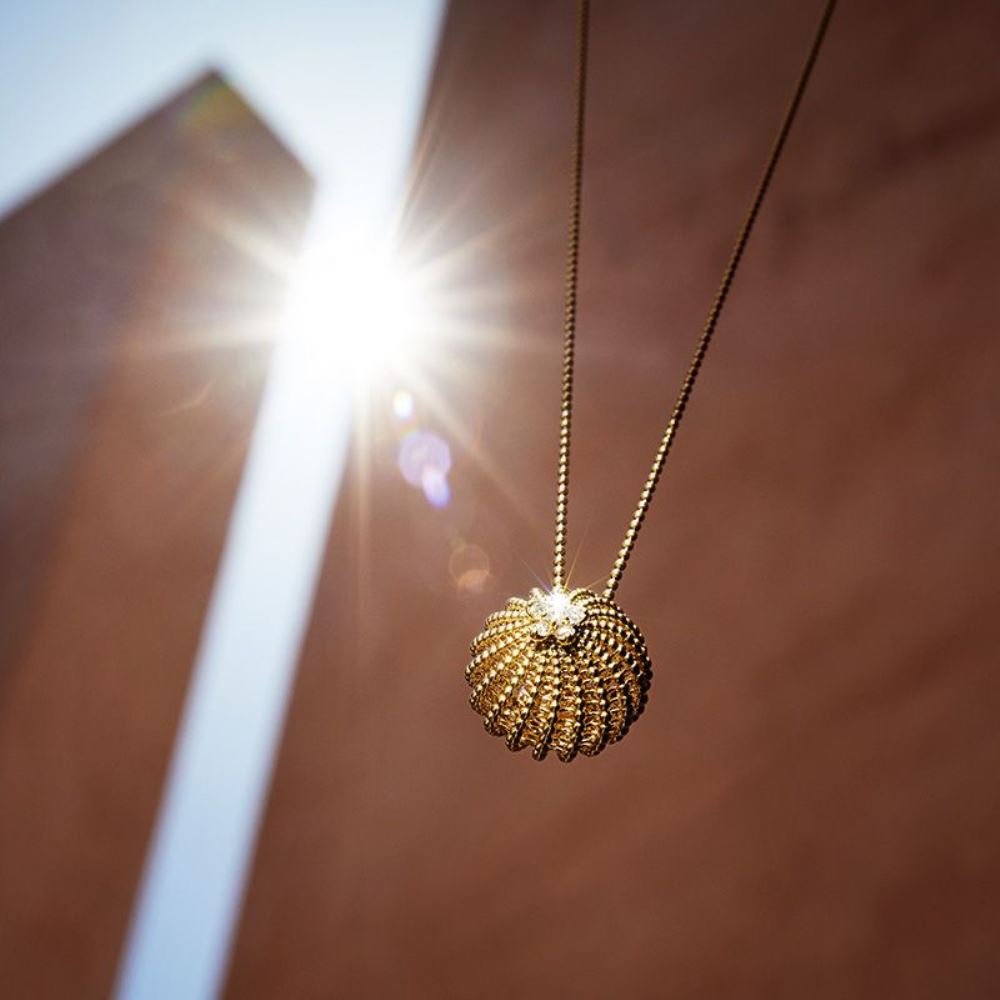
How to find out the fineness of gold at home
Breakdown is the number of grams of pure metal in the total alloy. They show the proportion of gold in grams in relation to the rest of the metals included in it.
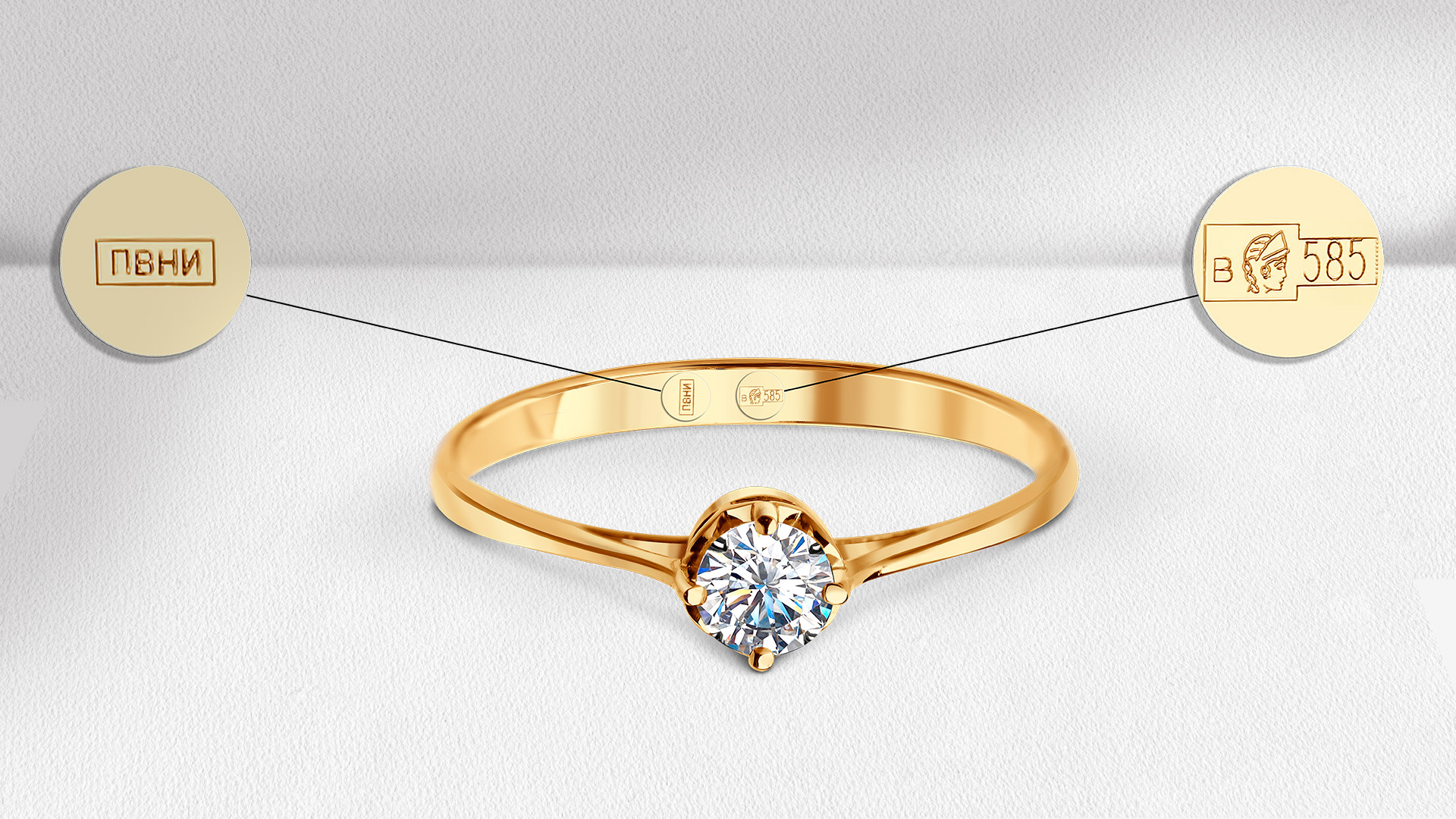
Different countries use their own markings. In Russia, a recognition system operates from 375 to 999 samples. And in Europe and the United States, the 24-carat system is taken as a basis.
There are 7 trial numbers in total:
- 999 is a real gold bar with almost no impurities. It is so soft that it can be easily scratched and even wrinkled.
- 958 - This alloy is practically not used due to its softness.
- 750 is also a soft alloy, not suitable for daily wear.
- 585 is the most optimal composition for the production of jewelry.
- 583 - together with 585th one of the most common samples.
- 500 - rare.
- 375 - and this sample does not look very good.

The highest fineness is 999, which means that 1 kilogram contains 999 grams of gold. In finished products, the maximum designation of 750 is considered. Products for mass use are usually produced from 583 and 585.

All gold items have a small tag on which all the necessary information about the product is indicated: its name, weight, fineness, who is the manufacturer and manufacturer. The sample should be applied very evenly and clearly, with readable letters and numbers.

White gold only became widely known in the 20th century. It is an alloy of gold and argenthane, a silvery-white metal. They also add platinum, palladium or nickel.
In appearance, jewelry made from these metals is very similar to each other and can be misleading. But it is very important to learn to distinguish between them.

Important characteristics by which you can distinguish between two metals and which will tell you how to determine the authenticity of white gold at home:
- Silver has a bright white hue, and white gold is steel with a golden sheen. After polishing, both metals are difficult to distinguish, you need to look at the inside, where there are raw areas.
- White gold shines more than silver.
- If you press on the tested samples with any object, then marks will appear on the silver, but not on the gold.
- Gold is stamped in the form of a square and a rectangle, while silver has an oval.

It should be understood that the described methods are quite subjective. They will not give a complete picture of the characteristics of the item or jewel being tested. For reliable sources of information, a citizen should contact specialized points, jewelry stores, pawnshops.
VIDEO: How to check gold at home.





